Will 3 Case Fans Be Enought to Cool My System

Thiago Trevisan/IDG
Red-hot hardware is joyless hardware, so where you place your PC's fans plays a crucial part in how efficiently your precious components perform. This guide will explain how to set up your PC fans for the best temperature reduction execution—because you didn't sub line for days to get your expensive new art card just for it to thermal throttle, afterwards all.
Thither are a couple of noteworthy concepts that you should personify aware of when it comes to stage setting up your various PC fans. Let's tackle them single away one. The knowledge should hang in apace—just like the air in a well-configured system.
Flow of air way
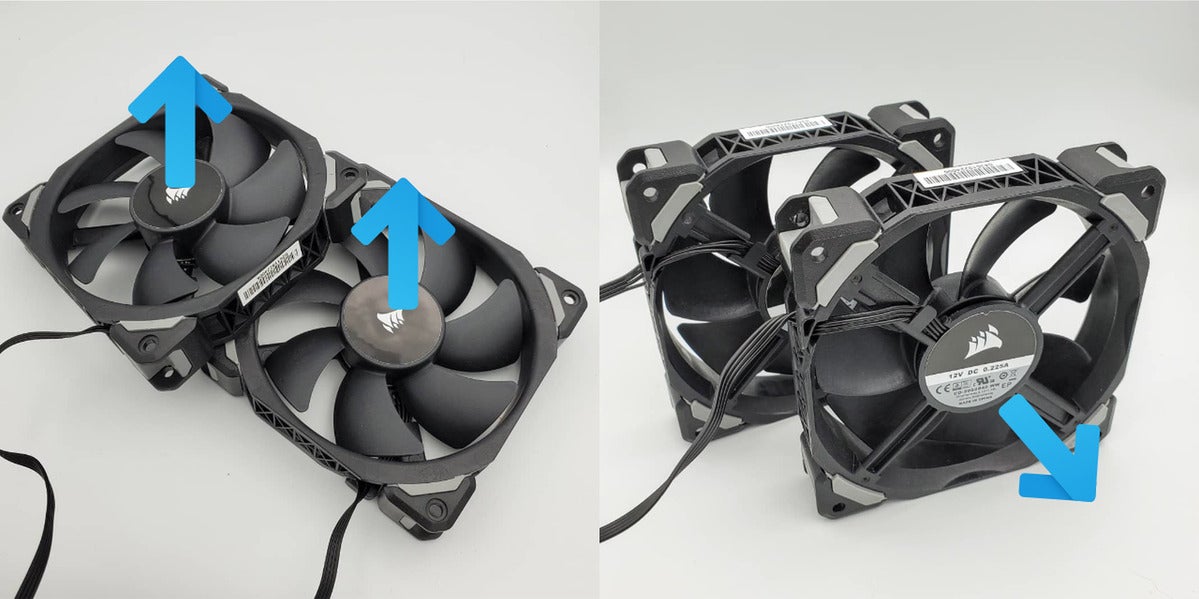 Thiago Trevisan/IDG
Thiago Trevisan/IDG Let's start with the basics. How you point your fans determines whether it sucks in cool publicise or spits empty talk outer of your scheme. Some fans bequeath have an pointer indicating the correct flow direction. If they don't, a good guidepost is that strain testament almost always flow in from the advanced, where the stigmatisation pricker generally is. Aerate exits out of the back, where the technical information may be written about the fan. Our guide to telling which way your PC fan is blowing can help if you require it.
The type of rooter matters too, though much less so than having them every last configured in the right way. Fans with high nonmoving pressure are ideal for ahorseback air through dense water-chilling radiators. Fans with high airflow are great as intake surgery exhaust on your case as they can move large amounts of air.
Positive vs negative airflow
When fans clout in much air than they bear on out of a PC case, it creates positive pressure. Negative pressure pulls more broadcast stunned, oftentimes creating a vacuum effect. For optimal cooling carrying out in a acceptable system, you want to be slightly more on the positive airflow side. (This setup usually results in more dust entering your PC, which you derriere mitigate with dust filters OR more patronize cleaning.)
How do you achieve positive airflow? Easy: Just have more intake than deplete fans, or run your intake fans slightly quicker than your exhaust if they'ray in equal number. Speaking of…
Intake vs exhaust
Intake and evacuate placements might cost the single most crucial conception for proper fan placement. The idea is simple: Fresh cool aerate in, hot air forbidden. You broadly want to have both intake and exhaust fans. (There can Be exceptions to this, such as in small conformation factor builds.)
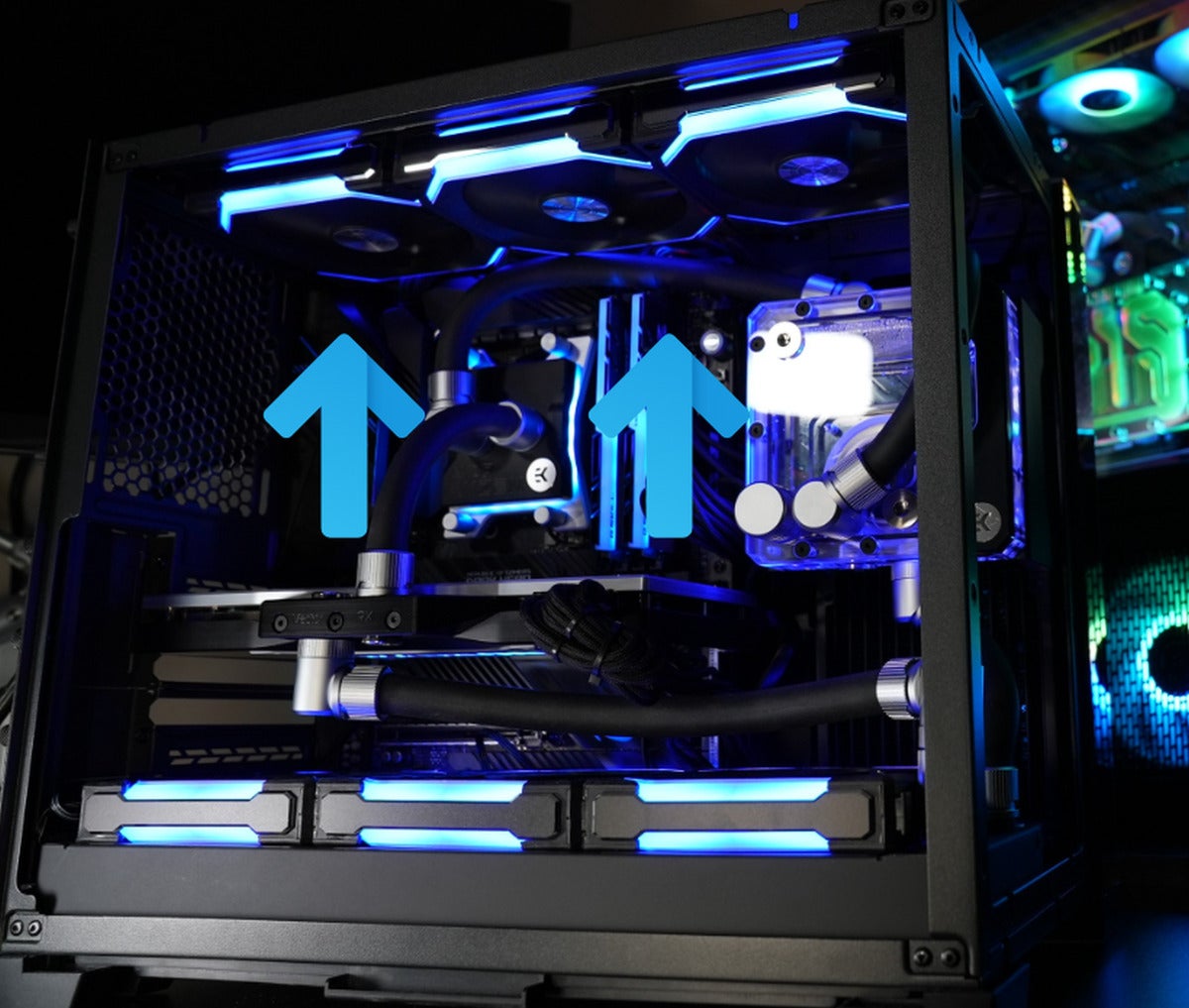 Thiago Trevisan/IDG
Thiago Trevisan/IDG Representative A: Let's choose the nonclassical Lian 51 O11 Dynamic causa. A solid fan configuration would include intake fans on the bottom, and tire fans on top, as shown in the epitome above. Fresh air will enter the case, cooling system your components. Empty talk generated by your hardware rises and will leave through the top exhaust fans.
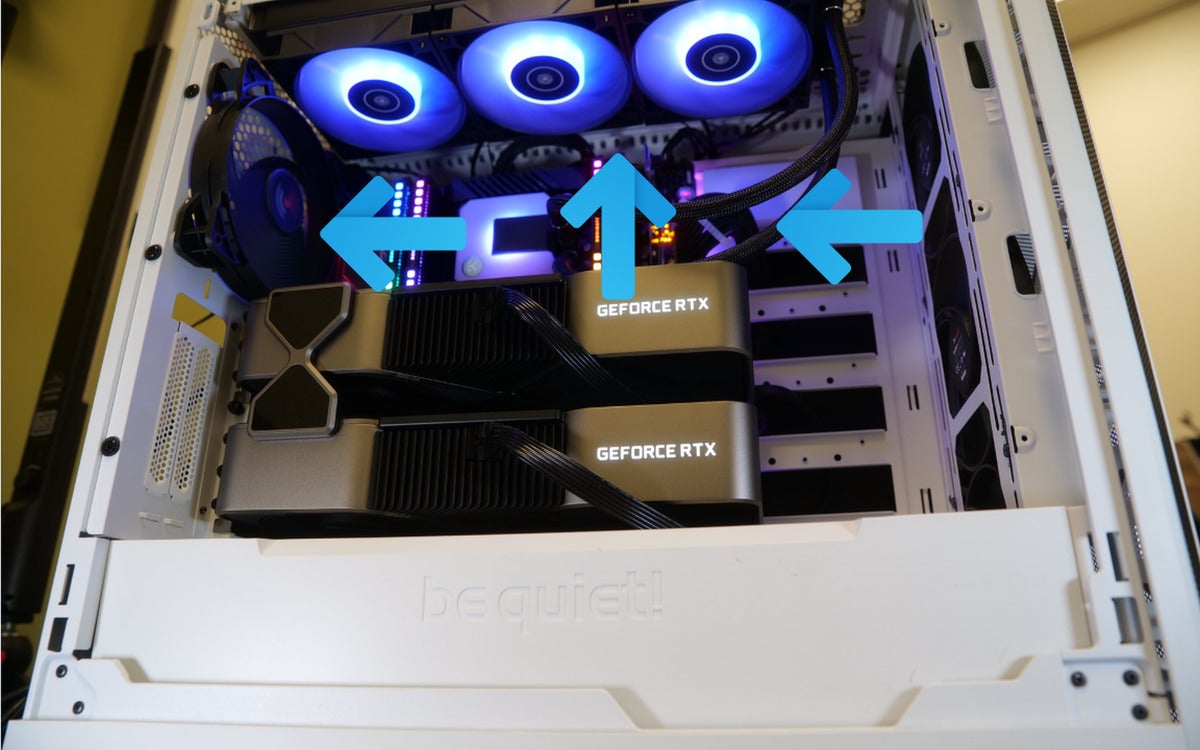 Thiago Trevisan/IDG
Thiago Trevisan/IDG For Example B, let's search at a more traditional case, the Keep mum Silent Base 802. A optimal fan configuration would include intake fans on the frontal of the case. You'll also want to add the height exhaust fans. Including an exhaust lover on the seat of the case will finish out an best setup.
A configuration like that bequeath let cool air enter in the front, while the hot vent from the CPU and GPU then exhausts on the big top and rear of the case.
In a standard desktop PC, you deficiency at to the lowest degree one consumption and one run down fan. Extraordinary cheaper cases only let in a single intake sports fan on the front of the PC, or a single exhaust fan at the rear. Spend a couple bucks for another fan so you have some.
Push vs. deplume for liquid coolers
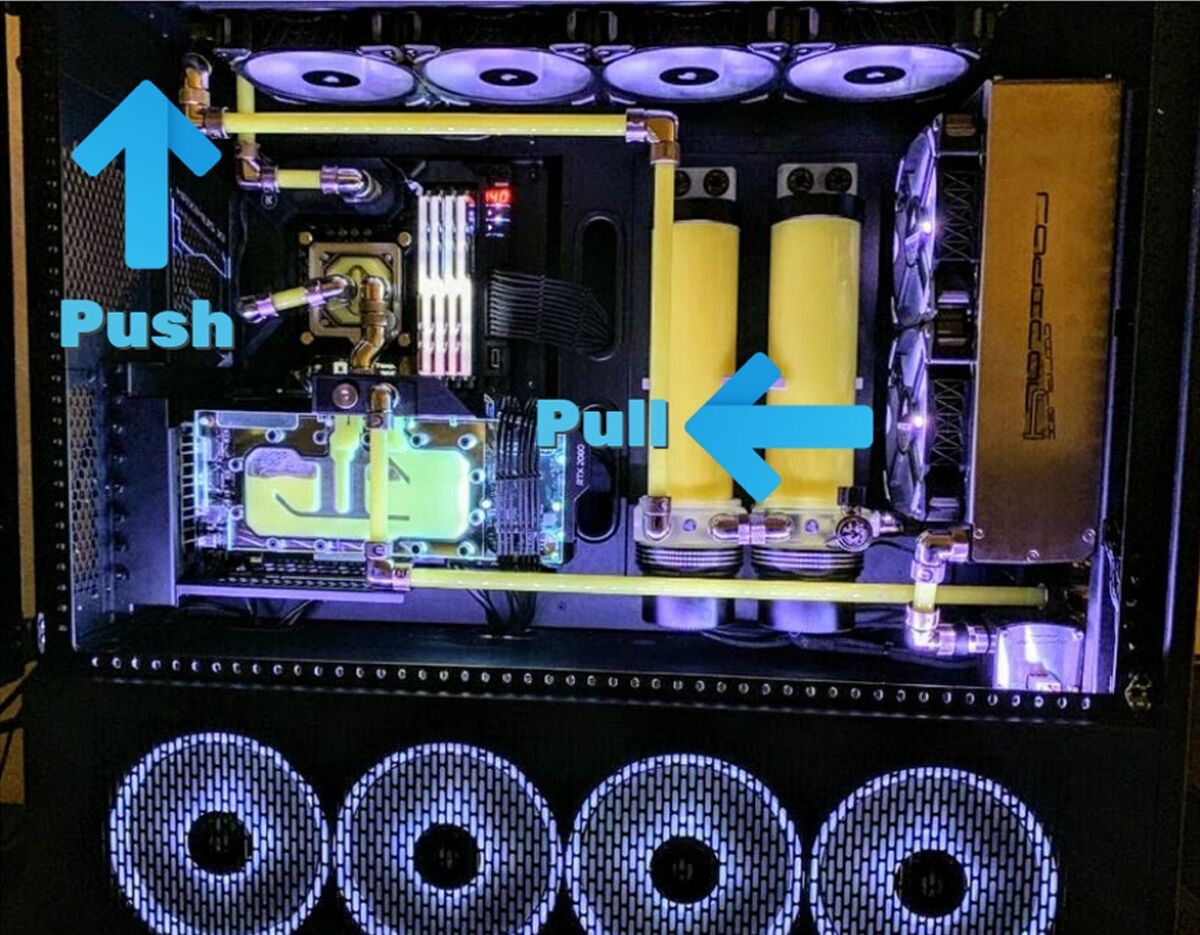 Thiago Trevisan/IDG
Thiago Trevisan/IDG Fans placed at the front of your liquid-cooler's radiator with airflow going from front to back will be "ambitious" air into your scheme. If you flip the fans and place them behind the radiator, they're now "pulling" air in through your liquid-cooler. (Like the image above)
Which apparatus is best? Most tests show a negligible departure in push vs pull, merely we give the sack reach a slight nod to "push." Loosely this will work go-to-meeting in most guinea pig setups, and give you high-octane performance.
Case airflow and your Mainframe
AIO liquid tank: If you're chilling your CPU with an AIO, optimal setups let in placing the radiator in the front operating theatre top of your case. Both work just fine. To prioritise the GPU cooling, you'd place the CPU AIO along round top of the character as an deplete. This will make the CPU slightly warmer, simply your GPU will stay cooler.
Tower breeze tank
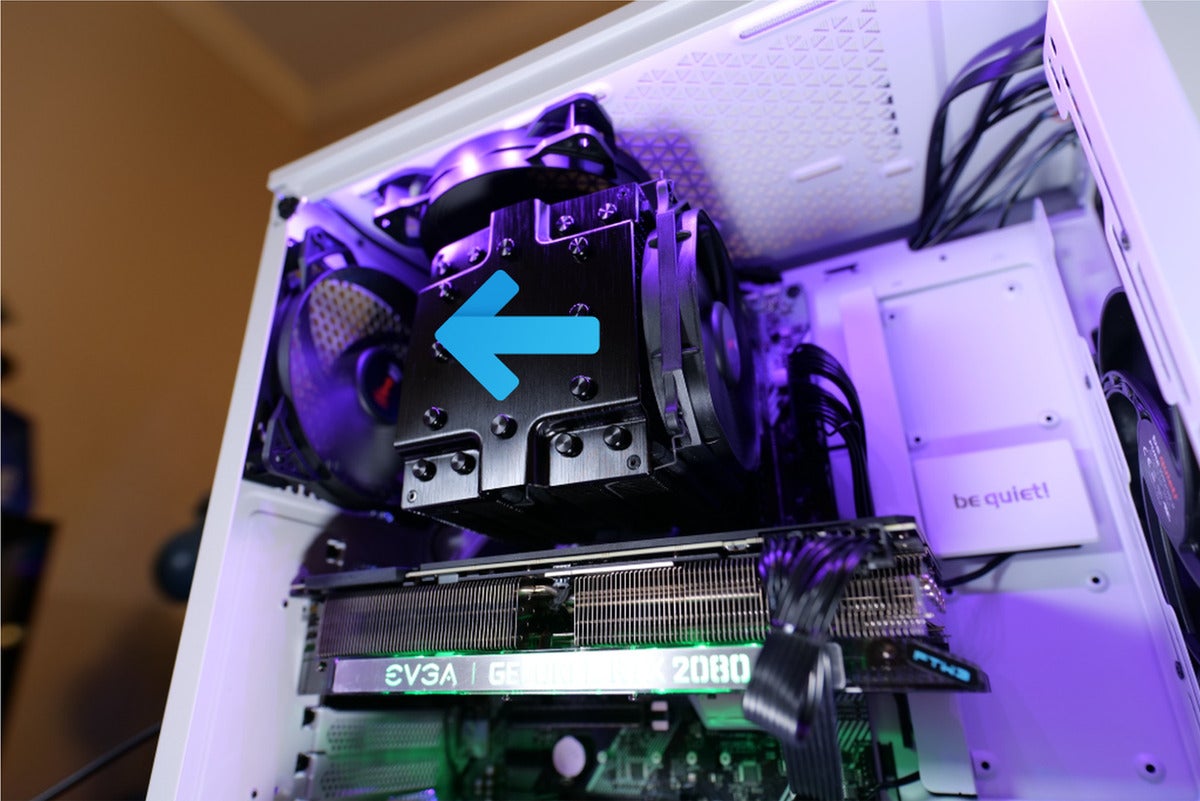 Thiago Trevisan/IDG
Thiago Trevisan/IDG With a traditional tower air travel cooler, you'd optimally deprivation the sports fan located on the cooler's heatsink pushing air towards the rear exhaust of the case. In the lesson above, the heart-to-heart shroud GPU will also exhaust hot air upwards—a typical setup for a gaming rig. This will slenderly increase your CPU temperatures when victimization an melody tank; you can reduce the heat levels with best fan air flow.
How about your GPU?
Standard open shroud GPUs exhaust a lot of hot vent into your case—even much your CPU if it's a powerful art circuit card. What tooshie you perform to maximize cooling and airflow?
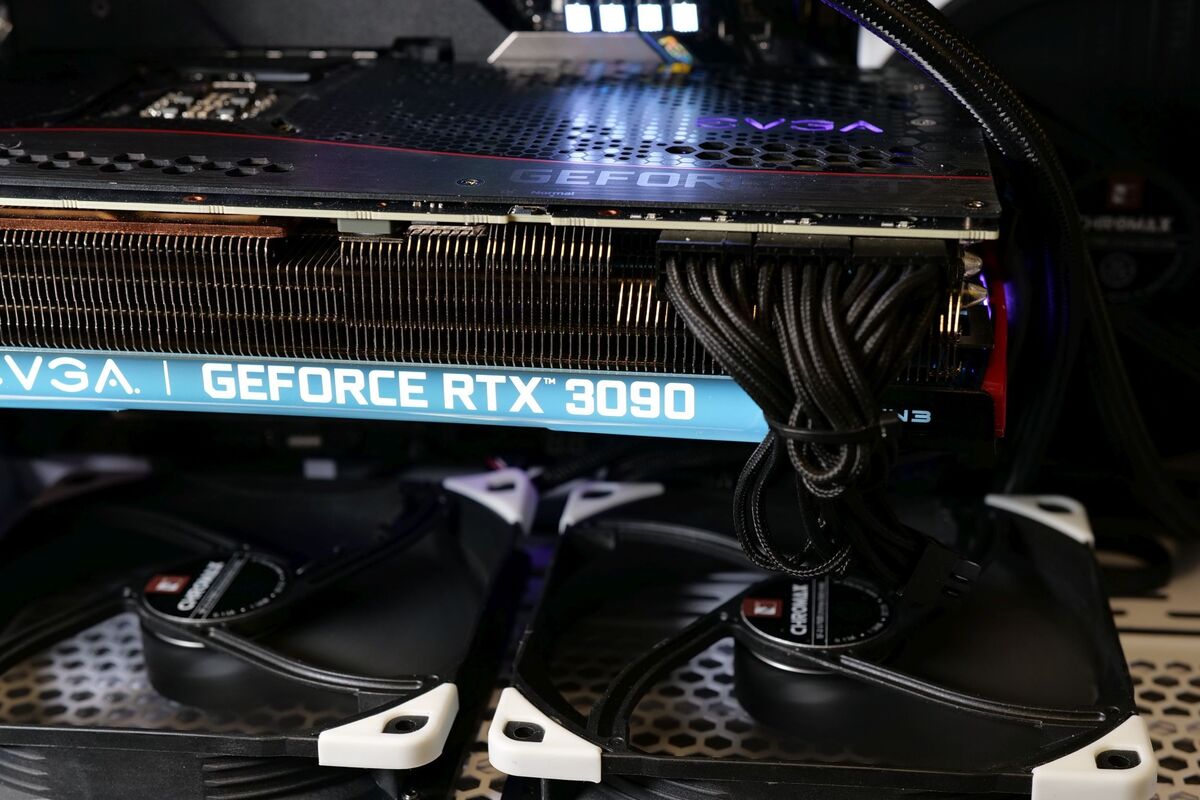 Thiago Trevisan/IDG
Thiago Trevisan/IDG If your case allows it, install fans pushing air upwards towards your GPU on the bottom. This volition generate cool air directly to the ingestion fans on the GPU itself. If your case doesn't allow that configuration, have a front ingestion lover united with proper teetotum or buttocks exhaust fans, as described antecedently. Again: You e'er want leastways one ingestion and one exhaust sports fan in your system, and that goes double if it's a gaming rig.
Fan curves and suit choice
On that point are deuce final important items to consider. First, case choice can aid staggeringly in optimal fan airflow. Our explainer on buying the perfect PC case can help, though you should be pleasing if you follow these cosmopolitan guidelines:
- Use a case with a mesh breast. These will have much better airflow than cases with closed-off or glass front panels. Examples include the Fractal Design Meshify series, and the Clam up Silent Base 802 mentioned earlier.
- If you'Ra using hot, ruling hardware, make sure to get a case large enough to accommodate the essential fans. If you want to stick to a smaller case, consider using tearful cooling for more efficiency.
Second, utilize fan controllers to pinpoint the optimum noise to performance ratio that you can find. Most midrange to soaring-end motherboards include fan software either in their BIOS or American Samoa a Windows application. Example of this is the Asus Ai Entourage 3. You hindquarters set your Central processor and case temperatures based connected actual thermals, which can fall in you unagitated performance. Likewise, the fans tail build up when necessary to make sure everthing stays sang-froid.
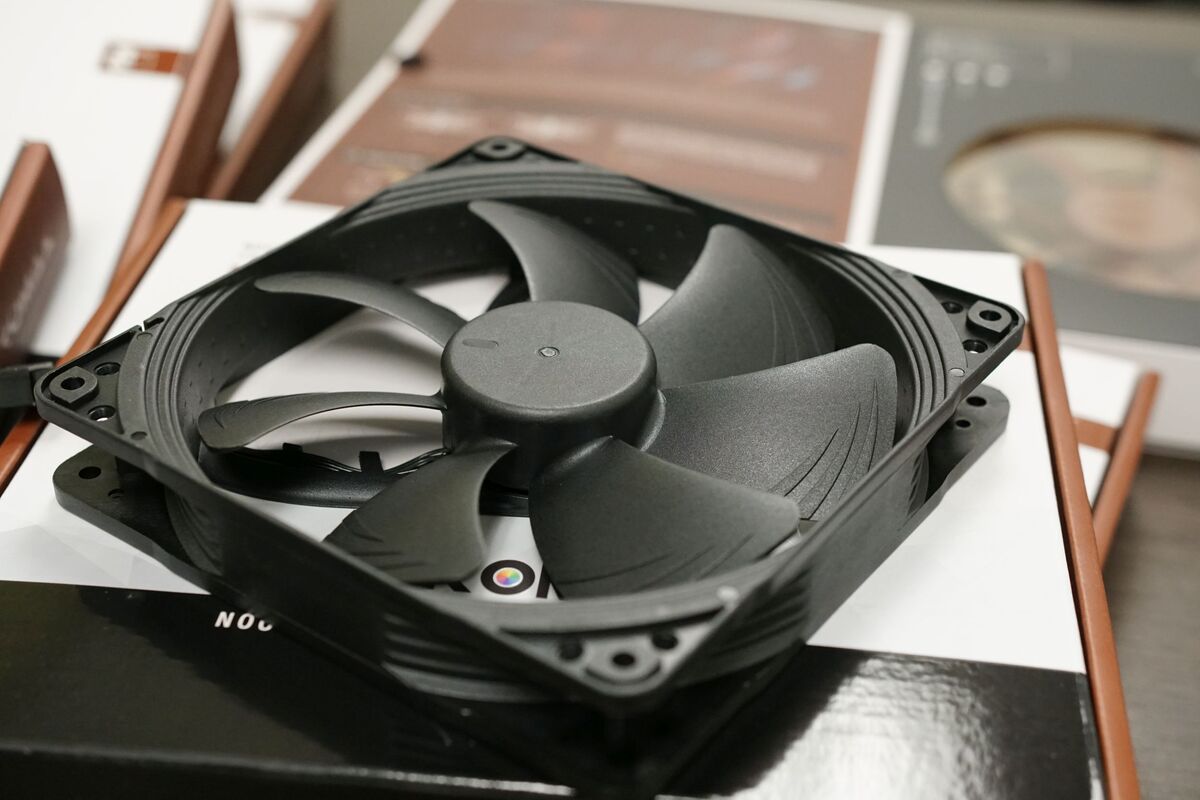 Thiago Trevisan/IDG
Thiago Trevisan/IDG If you deficiency more high-tech hold in of your fan curves, computer hardware controllers from Aquacomputer, Barbary pirate, and EKWB also survive that allow you to fine line fan curves even further. You can also base the fan speeds on the GPU or use thermal sensors with these more advanced units, but they're overkill for most people.
And there you have it: You today know everything needed to optimally position your fans for the best cooling performance. Our guides to checking your CPU temperature and your graphics card's GPU temperature can help you confirm everything is running smoothly. May your temperatures cost low!
Note: When you buy something aft clicking links in our articles, we may earn a small commission. Read our affiliate link policy for more inside information.
Will 3 Case Fans Be Enought to Cool My System
Source: https://www.pcworld.com/article/394965/how-to-set-up-your-pcs-fans-for-maximum-system-cooling.html
Post a Comment for "Will 3 Case Fans Be Enought to Cool My System"